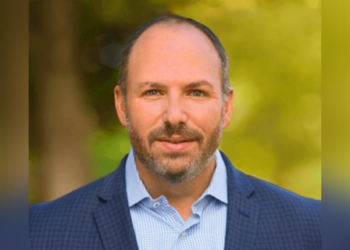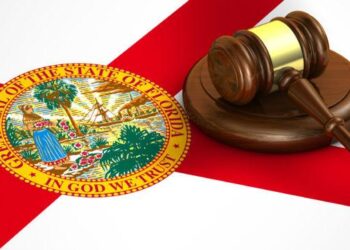Date of event: September 2017
Number of paid losses: 23,119
Amount paid (in millions): $1,153
Average paid loss: $49,884
(Credit: Mia2you/Shutterstock)
Date of event: August 2011
Number of paid losses: 44,178
Amount paid (in millions): $1,321
Average paid loss: $29,894
(Credit: Credit: Sabphoto/Shutterstock)
Date of event: September 2004
Number of paid losses: 31,486
Amount paid (in millions): $1,513
Average paid loss: $48,062
(Credit: J. Albert Diaz/HS)
Date of event: September 2021
Number of paid losses: 28,544
Amount paid (in millions): $1,589
Average paid loss: $55,658
(Credit: Sarah J Lee/Shutterstock.com)
Date of event: September 2004
Number of paid losses: 31,981
Amount paid (in millions): $1,688
Average paid loss: $52,791
(Credit: Rico Löb/stock.adobe.com)
Date of event: August 2016
Number of paid losses: 27,737
Amount paid (in millions): $2,536
Average paid loss: $91,432
(Credit: U.S. Department of Agriculture)
Date of event: September 2008
Number of paid losses: 47,247
Amount paid (in millions): $2,670
Average paid loss: $56,517
(Credit: John Council)
Date of event: October 2012
Number of paid losses: 132,897
Amount paid (in millions): $8,619
Average paid loss: $64,852
(Credit: Sergey/Adobe Stock)
Date of event: September 2017
Number of paid losses: 78,254
Amount paid (in millions): $9,171
Average paid loss: $117,192
(Credit: Sergio Flores)
Date of event: August 2005
Number of paid losses: 168,256
Amount paid (in millions): $16,092
Average paid loss: $95,640
(Credit: Pattie Steib/Shutterstock)
A single inch of floodwater can cause up to $25,000 in damage that isn’t covered under most homeowners policies, says FEMA, and with a stronger-than-average hurricane season on the horizon it’s important homeowners prepare for the threat of flooding that often accompanies these storms.
FEMA manages the National Flood Insurance Program (NFIP), which supplies a network of companies who provide flood coverage to those living in one of 23,000 participating NFIP communities.
Private flood insurance has only recently become something insurers were willing to touch. Technology has allowed advances in modeling risk that have made firms more comfortable undertaking the coverage. According to the Insurance Information Institute, private flood carriers can often offer higher coverage than the NFIP – which is capped at $250,000 for residential buildings and $500,000 for non-residential.
While having proper insurance coverage is imperative after a flood, preventative measures are always preferable to claims. The NFIP even requires its communities to adopt and enforce floodplain management regulations to reduce the effects of flooding.
So, how can communities become more flood resilient? The U.S. Environmental Protection Agency (EPA) created a checklist that can be used to evaluate how prepared your area is for potential flooding.
Questions on the EPA’s checklist include:
You can view the EPA’s Flood Resilience Checklist in full here.
In the slideshow above, we count down the ten most expensive flooding events in the U.S., according to the Insurance Information Institute.









